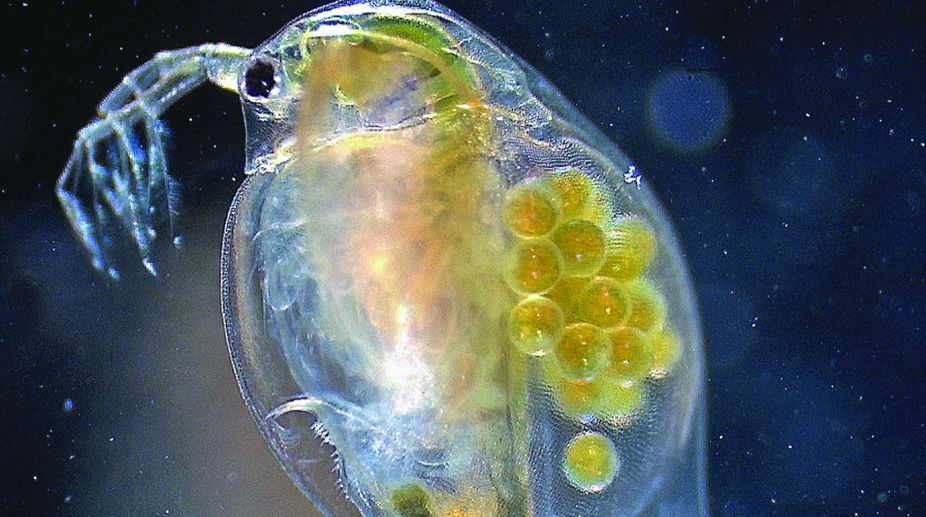Eavesdropping
Scientists have developed an algorithm to monitor the underwater chatter of dolphins with the help of machine learning.
Using autonomous underwater sensors, researchers working in the Gulf of Mexico spent two years making recordings of dolphin echolocation clicks. The result was a data set of 52 million click noises. To sort through this vast amount of information, the scientists employed an “unsupervised” algorithm that automatically classified the noises into categories.
Without being “taught” to recognise patterns that were already known, the algorithm was able to seek original patterns in the data and identify types of click. This enabled the scientists to determine specific patterns of clicks among the millions of clicks being recorded, and could help them to identify dolphin species in the wild.
“It’s fun to think about how the machine learning algorithms used to suggest music or social media friends to people could be reinterpreted to help with ecological research challenges,” said Kaitlin Frasier of Scripps Institution of Oceanography, the lead author of the study published in the journal PLOS Computational Biology. “Innovations in sensor technologies have opened the floodgates in terms of data about the natural world, and there is a lot of room for creativity right now in ecological data analysis,” she said.
Monitoring dolphin populations at sea is challenging. Frasier and her colleagues think their techniques could be employed to sift through large quantities of data and keep track of dolphin populations in a non-disruptive way.
Dolphins are an incredibly diverse family of mammals, and different species use different types of click to echolocate. This research team’s work so far was able to identify one click type associated with a particular dolphin species — Risso’s dolphin — and they intend to conduct field work that will link other click types with other known species.
They also hope their research will allow them to monitor the impact of oil spills and climate change on the dolphin populations of the Gulf of Mexico.
Changing characteristics
Scientists at the University of Sheffield have discovered that living creatures’ responsiveness to changes in the environment can evolve and depends on the conditions they experienced in their past.
The study, published in Nature Ecology and Evolution, is the first to show that the ability of a living creature to change its characteristics in response to changes in its environment can itself evolve. Such flexibility in how organisms develop has fascinated scientists for generations. This flexibility has emerged as a crucial factor in the study of how animals and plants respond to natural and man-made changes to their environment, which include predators, disease and changes in temperature.
The University of Sheffield study, led by Dr Andrew Beckerman from Sheffield’s department of animal and plant sciences, in collaboration with researchers from across Europe, investigated changes to the characteristics of water fleas.
Water fleas are an iconic example of how the flexibility of a living creature’s ability to develop in response to changes in their environment can evolve. They can grow helmets or spikes on their necks in response to smells emitted by their predators, which signal a risk of mortality.
Water fleas can reproduce without sex, giving birth to genetically identical offspring, which allowed the researchers to look at how genetically identical individuals respond to different predators.
Furthermore, water fleas can smell their predators, and this smell triggers changes in development at very early ages that results in helmets and spikes forming on their heads, altered timing of size at which they reproduce and the number of offspring.











